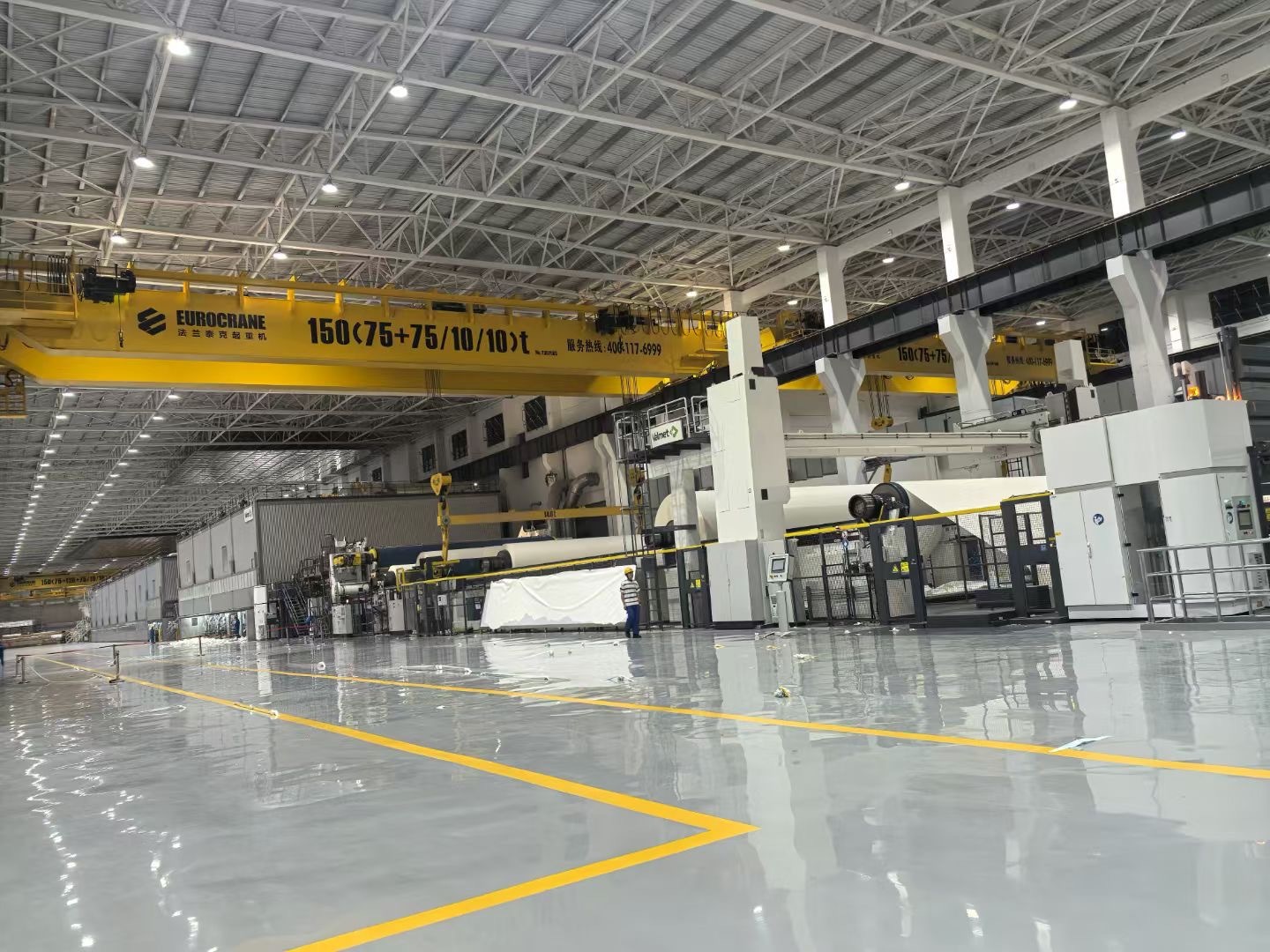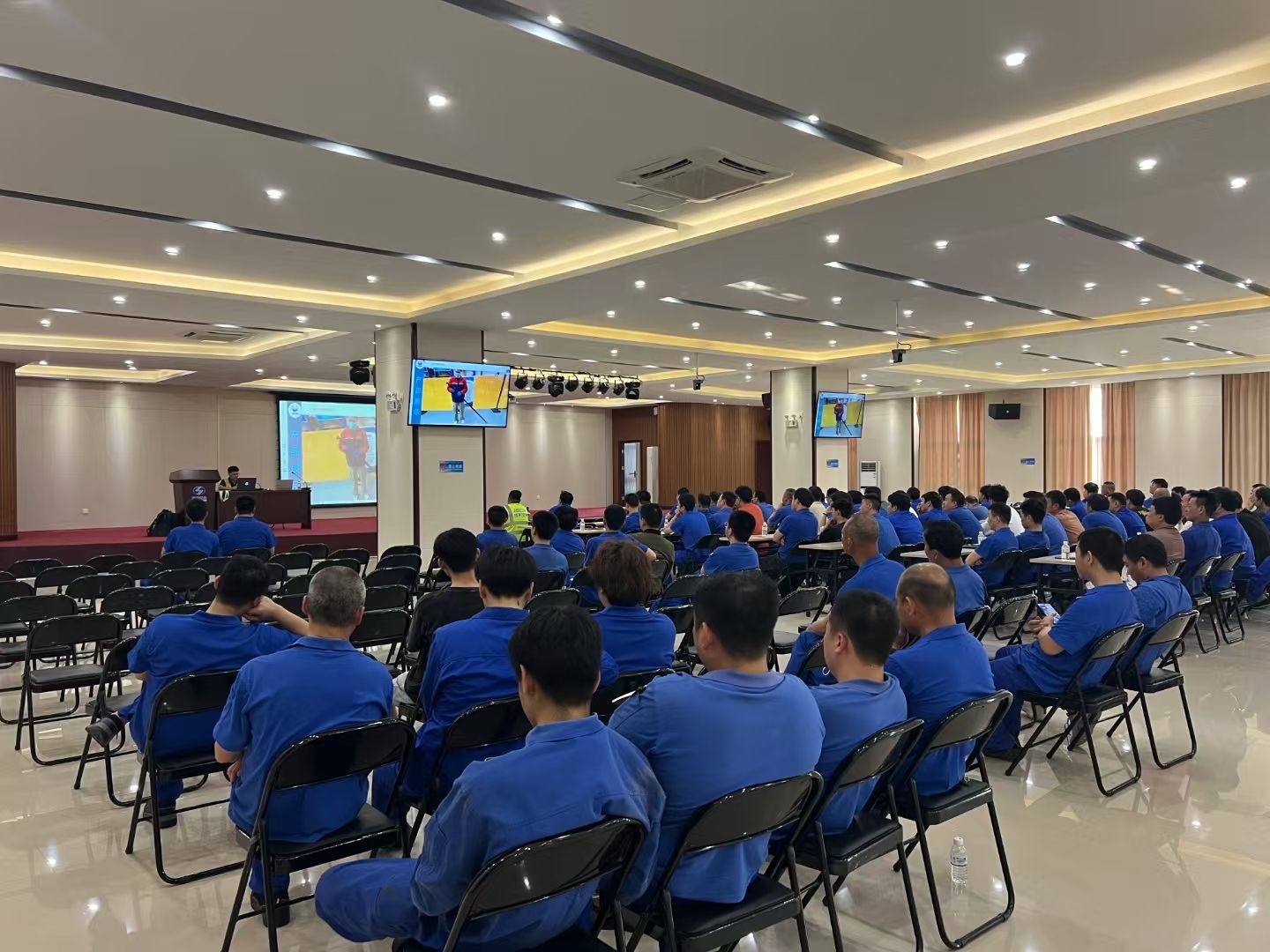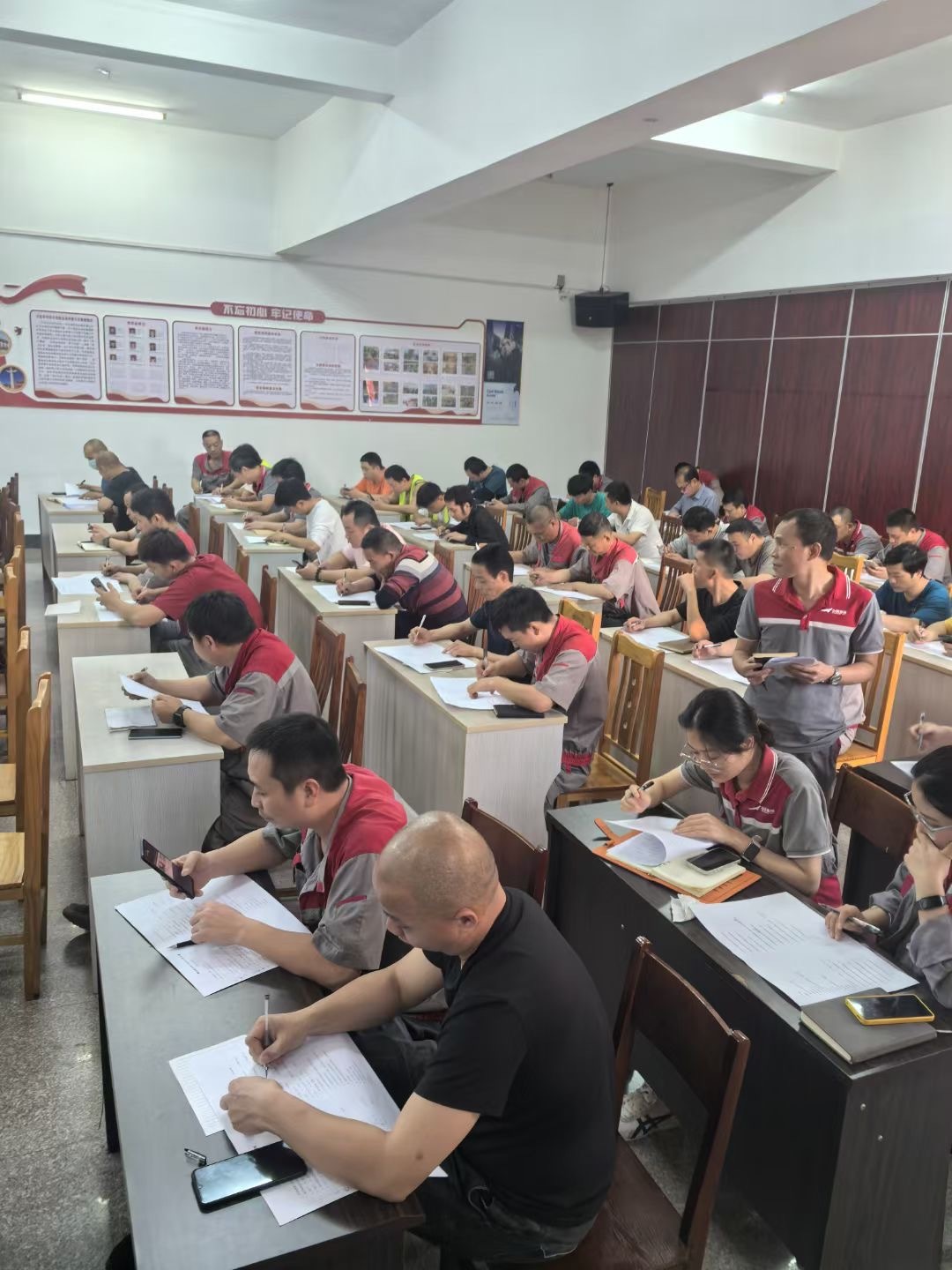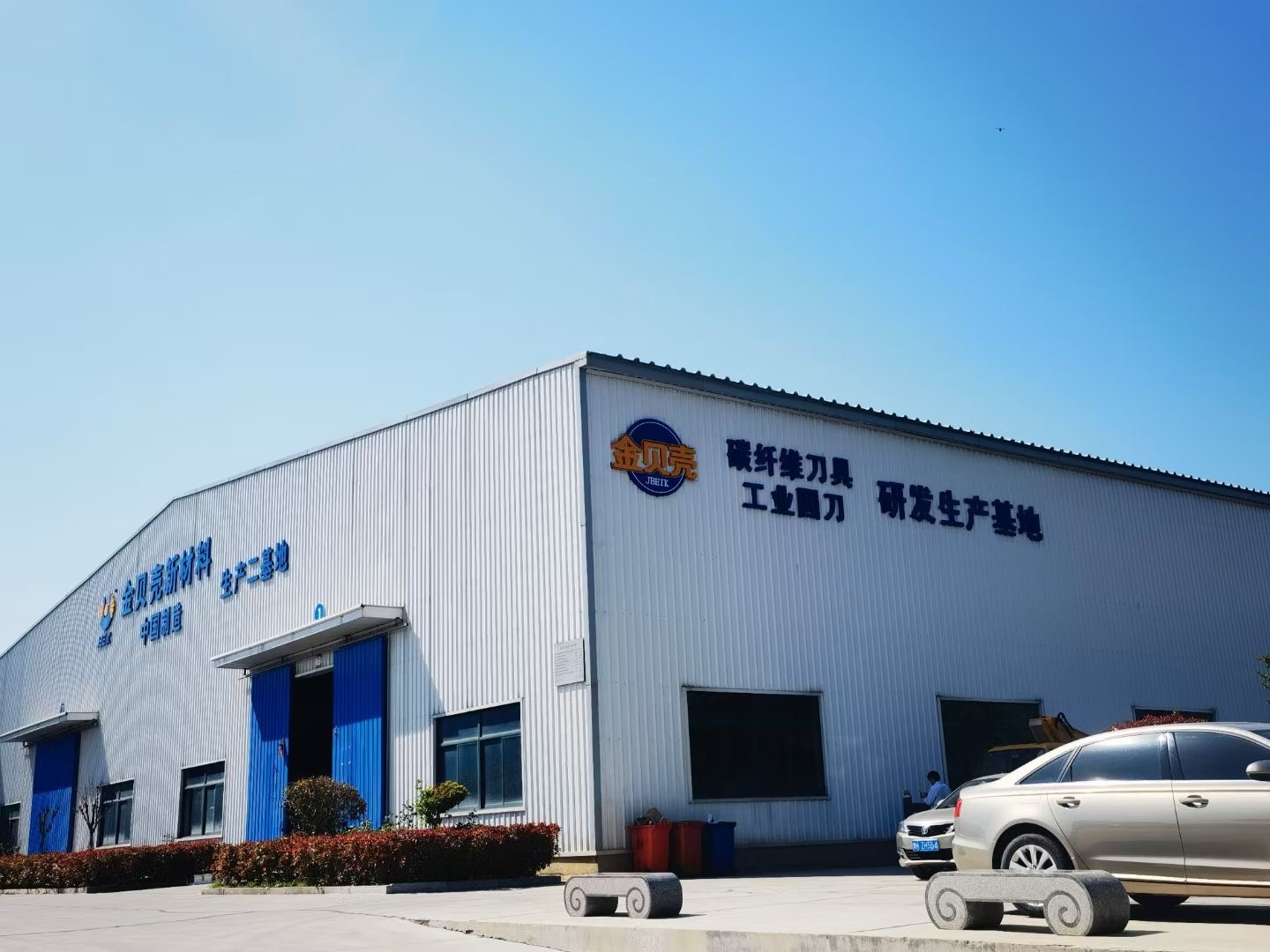Use ceramic blades to reduce processing costs
Release time:
2024-07-12
When milling hardened steel with carbide inserts at a relatively small feed rate, a good surface finish is usually obtained, but in many cases, the surface finish of rough milling with ceramic inserts is even better than the required machining finish.
The use of ceramic insert hard milling can help mold processing plant to reduce production costs in a variety of ways. First, you can replace multiple processes with one process. When using ceramic inserts for hard milling, the steel parts can be quenched first, and then the workpiece can be milled in the hardened state, thus replacing the three processes of processing → quenching → reprocessing in the past. By reducing the time it takes to install and transport workpieces in different processing stages, the processing cycle can be shortened and the working path can be improved. In addition, rough milling of hardened workpieces with ceramic inserts avoids the costly and time-consuming EDM (Electrical Discharge Machining) machining without the need to make one or more electrodes. Second, ceramic inserts can process hardened steel at much higher speeds than traditional carbide tools. The combination of high processing speed, appropriate feed rate and correct operating beat can make the processing shop achieve an impressive metal removal rate. Another key factor to improve productivity in hard milling is the cutter tooth density of the tool. Each additional tooth on the tool increases the cross feed rate. Higher cutting speeds coupled with greater feed rates result in shorter machining cycles and savings. Third, the machined surface obtained by rough milling of ceramic blades can often reduce the finish milling allowance, thereby reducing the time required for finish milling and polishing. When milling hardened steel with carbide inserts at a relatively small feed rate, a good surface finish is usually obtained, but in many cases, the surface finish of rough milling with ceramic inserts is even better than the required machining finish. In some cases, additional finishing milling, grinding and polishing can be eliminated, resulting in significant savings in man-hours.
Key words:
You can also learn more dynamic






